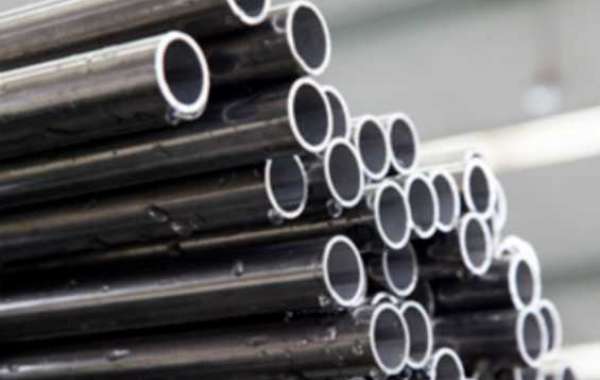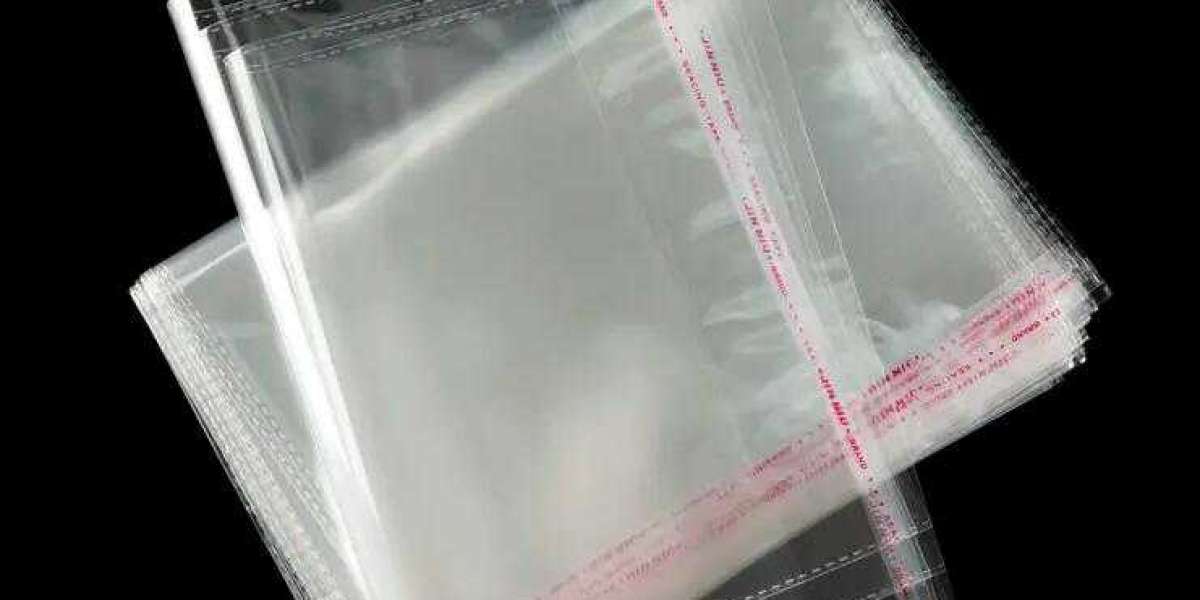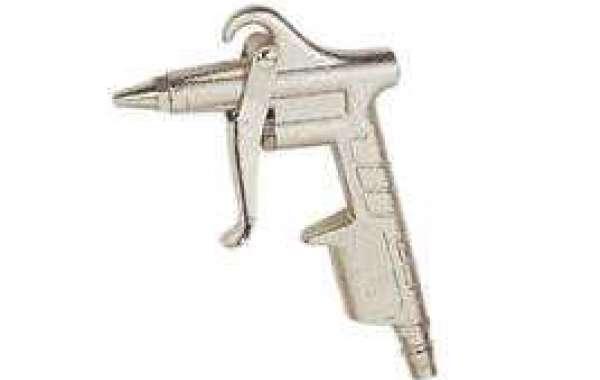Common elements in nickel alloy are Ni, Cr, Mo, Fe, CU, Al, Ti, Nb, W, N, Co, etc.
Ni provides metallurgical stability, improves thermal stability and weldability, improves corrosion resistance to reducing acids and caustic soda, and improves stress corrosion cracking resistance, especially in chloride and caustic soda environments.
Cr improves oxidation resistance, high-temperature oxidation resistance, vulcanization resistance, and pitting and crevice corrosion resistance.
Mo improves the corrosion resistance to reducing acids, improves the resistance to pitting corrosion and crevice corrosion in the chloride-containing aqueous solution environment, and improves the high-temperature strength.
Fe improves resistance to high-temperature carburizing environments, reduces alloy costs, and controls thermal expansion.
Cu improves the corrosion resistance to reducing acids and salts, and the addition of copper to the nickel-chromium-molybdenum-iron alloy helps to improve the corrosion resistance to hydrofluoric acid, phosphoric acid and sulfuric acid.
Al improves high-temperature oxidation resistance and age hardening.
The combination of Ti and carbon reduces the intergranular corrosion caused by the precipitation of chromium carbide during heat treatment and improves the aging strengthening.
The combination of Nb and carbon reduce intergranular corrosion caused by chromium carbide precipitation during heat treatment, improves pitting and crevice corrosion resistance, and improves high-temperature strength.
W improves the resistance to reducing acid and local corrosion and improves the strength and weldability.
N improves metallurgical stability, pitting and crevice corrosion resistance, and strength.
Co provides enhanced high-temperature strength, improved resistance to carbonization and vulcanization.
Metallic nickel retains austenite and a face-centered cubic structure until it reaches its melting point. This provides a degree of freedom for the ductile-brittle transition, and also greatly reduces the manufacturing problems caused by the coexistence of other metals.
In the electrochemical sequence, nickel is lazier than iron and more active than copper. Therefore, in a reducing environment, nickel is more resistant to corrosion than iron, but not copper. On the basis of nickel and chromium, the alloy has oxidation resistance, which can produce many kinds of alloys with a very wide range of applications, so that they can have the best resistance to reducing and oxidizing environments. .
Compared with stainless steel and other iron-based alloys, nickel-based alloys can hold more alloying elements in a solid solution state, and can also maintain good metallurgical stability. These factors allow the addition of a variety of alloying elements so that a large number of nickel-based alloys can be used in various corrosive environments.
Huzhou Nanxun Yintuo Special Material Technology Co., Ltd. is committed to producing alloy steel seamless pipe. If you need to order seamless pipe, we will be your best choice.







